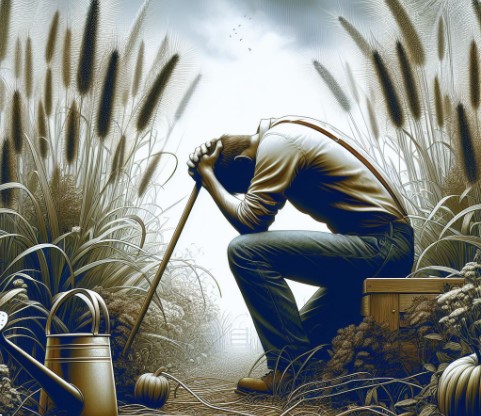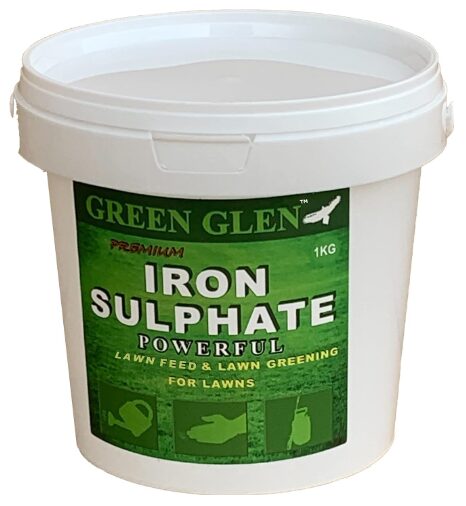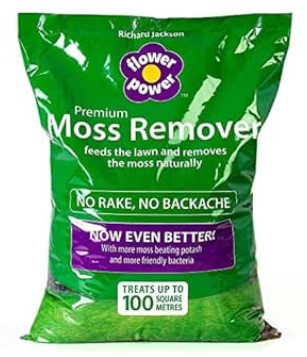You might be looking at your lawn, wondering why it doesn't quite have the lush green look you're striving for. Trust me, you're not alone. Many homeowners face a variety of lawn problems, from unsightly brown patches to tenacious weeds that seem to pop up overnight. But recognizing these issues early on can be the key to a healthier lawn, and that's what I'm going to help you with.
View also: Our Best Lawnmower Lists here
Seasonal Changes
Now, you might notice your lawn going through some ups and downs. And yes, some discoloration and patchiness can be normal, especially as seasons change. However, persistent signs of distress can indicate underlying issues that need your attention. We're talking about uneven growth, persistent weeds, or areas that just won't stay green no matter how much you water.
Ecosystem
The impacts of these problems go beyond aesthetics. Your lawn is a living ecosystem that supports not just the grass, but a whole host of organisms from soil bacteria to birds. Ignoring lawn issues can disrupt this system, potentially causing longer-term damage to your outdoor space.

Prevention
In my opinion, the best approach is to start with prevention and natural remediation techniques. By fostering a healthy growing environment, you can often avoid major problems before they start. Stay with me, because in the next section, we're going to delve into how natural and sustainable solutions can turn your lawn around without resorting to harsh chemicals.
Natural and Sustainable Solutions Healthier Lawn
I'm going to walk you through some earth-friendly strategies that are not only effective at solving common lawn issues but are also kind to our planet. This isn't just about fixing your lawn; it's also about ensuring it stays lush and vibrant for years to come, while being mindful of our environmental footprint.
View also: Our Robotic Mower Reviews here
Natural Compost
The cornerstone of a healthy lawn is organic lawn care, which avoids the use of synthetic chemicals. You're going to find out about using natural compost as a fertilizer, which enriches the soil with nutrients and promotes vigorous grass growth. Plus, I'll touch on DIY solutions for treating pests and diseases that often don't require harsh chemicals.
Improving the biodiversity of your lawn can be extremely beneficial, and I'm here to help you with that.

Lawn Types
By choosing grass varieties and plants native to your region, you can create a lawn that's more resistant to pests and diseases. This type of lawn thrives with minimal intervention, conserving water and reducing the need for fertilizers.
Plus, if you want to maintain a healthy lawn, don't overlook the basics of lawn care. Regular aeration helps your lawn breathe and absorb moisture and nutrients more efficiently. Watering deeply but infrequently encourages deeper root growth, leading to a more drought-resistant lawn. And when it comes to fertilization, go for slow-release, organic options that feed your grass over time without the surge of growth that can actually stress your lawn.
Lawn Repair Techniques for Persistent Problems
Once you've armed yourself with a natural and sustainable approach to lawn care, you're going to run into situations that demand a bit more muscle. That's where advanced lawn repair techniques come into play. It's not just about maintaining your lawn, but also knowing when to bring in the heavy hitters to tackle those stubborn, persistent problems.

Infestations
In my experience, there are issues that simply outmatch the typical garden shed arsenal. When you're facing a full-blown infestation or soil that's become as unyielding as concrete, that's when you need to call the professionals. They have access to tools and techniques that are beyond the scope of everyday lawn care, such as specialized soil treatments and advanced pest control methods.

Smart Irrigation
Now, innovation has not left the world of lawn care behind. Smart irrigation systems, for example, are revolutionizing how we water our lawns. These systems conserve water, reduce runoff, and adjust watering schedules based on weather patterns. And let's not forget about the new generation of eco-friendly pesticides and herbicides. These products focus on being tough on pests but gentle on the environment.

View also: Our Corded Lawnmower Reviews here
Robust Future
It's not enough to fix the present issues; you have to look ahead. After dealing with the immediate problems, it’s crucial to set your lawn up for a healthier, more robust future. That might mean reseeding with a more resilient grass variety, setting up a more consistent maintenance schedule, or implementing a year-round monitoring plan to catch problems before they escalate.

Alternative Techniques
So, if you've been struggling with a lawn that seems to be in a constant state of distress, remember that your first attempt doesn't need to be your last. There are always advanced techniques and professionals ready to lend a hand. Maintaining a healthy lawn is a dynamic process - always changing but always rewarding. Choose the strategy that resonates with you, and don't worry too much about getting it perfect from the get-go. You can always adjust your approach down the road.
Gardener Feedback
What problem do you encounter and how did you resolve it? Let us all know by leaving your opinions and ideas in the comment box section provided below – so that others can learn also.









Recent Comments